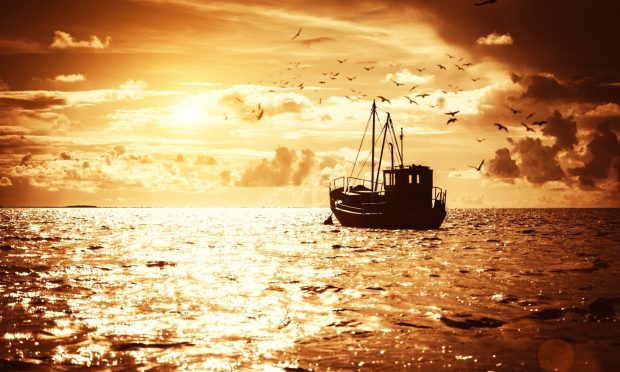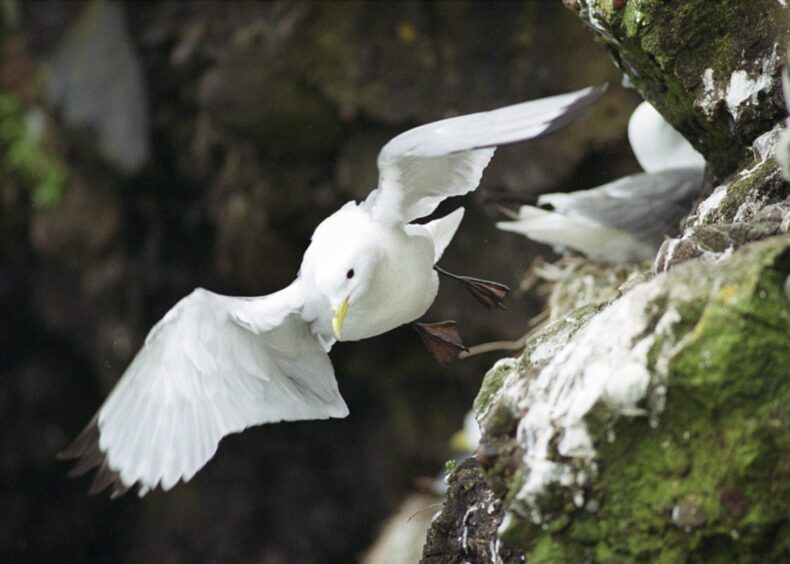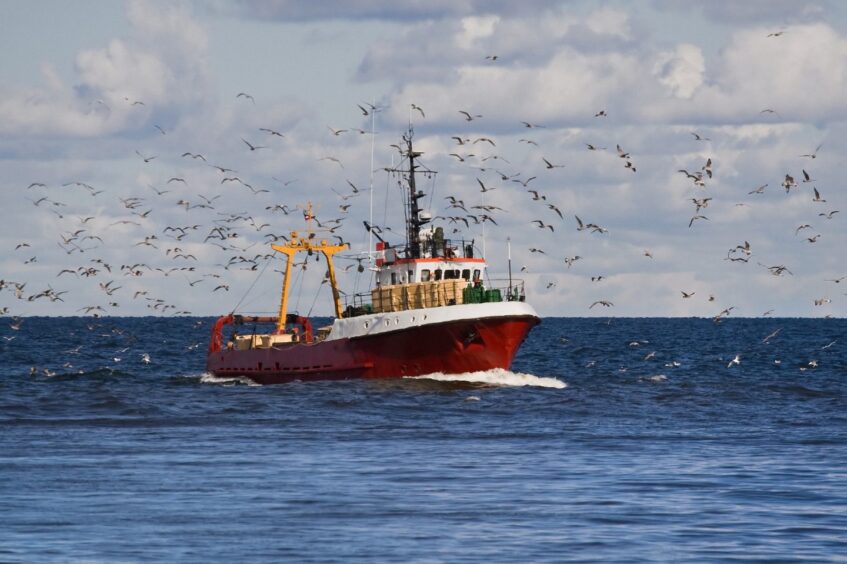Fishers in Shetland have published two new reports which they claim turn commonly held perceptions about marine life in the North Sea on their head.
Long-term trends show fish populations are growing and not shrinking, they say.
And seabird numbers are down only “slightly” on 50 years ago, scotching notions of a marine biodiversity “crisis”, they insist.
They say their findings highlight the need for a long-term view when it comes to assessing the abundances of marine species.
On what are these claims based?
Shetland Fishermen’s Association (SFA) studied results from the North Sea International Bottom Trawl Survey, an annual exercise that aims to give scientists consistent and standardised data on the abundance of commercially important fish.
The information is used by governments in negotiations over annual catch limits.
SFA found that while there have been large fluctuations year-to-year, the volume of fish in the North Sea has “generally increased over the last 50 years – and in particular over the last 20 years”.
Seabird numbers also looked at
Trends in the abundance of Scottish seabirds have also been studied.
The SFA says that although seabird populations have fallen in recent years, there are only slightly fewer seabirds in Scotland than there were five decades ago.
At the same time, the biomass of seabird species has “increased substantially”, indicating healthy and productive seas, the fishers claim.
The Scottish Government has regularly highlighted falling seabird populations as evidence of a biodiversity “crisis” in Scotland’ seas.
According to the SFA, choosing to view these abundances through a “highly selective time period” has “masked the fact that seabird populations have returned to broadly ‘normal’ levels in a historical context, following population booms of recent decades.
SFA executive officer Daniel Lawson said: “These figures are a reminder that fishing crews know our seas better than anyone, and see the evidence every day of healthy and productive waters.
“Despite the misleading claims of some anti-fishing campaigners, North Sea fish stocks are far from in decline. We have seen a steady increase over the past 50 years, and particularly in the last 20 years.”
He added: “Fishing crews question the government’s assertion that falling seabird numbers indicate a marine biodiversity ‘crisis’.
“This analysis – looking back over a longer time period – perhaps helps explain that divergence in views. Seabird populations have returned to more historically normal levels and, interestingly, the decline of recent years matches a reduction in fishing activity.
Fishing crews question the government’s assertion that falling seabird numbers indicate a marine biodiversity ‘crisis’.” Daniel Lawson, Shetland Fishermen’s Association
“It’s clear the relationship between seabird population sizes and fishing activity, as a source of food for seabirds, warrants further investigation.”
The full papers – Trends in the Abundances of North Sea Fish and Trends in the Abundances of Scotland’s Seabirds – can be found on the shetlandfishermen.com website.
Scotland is home to many globally important breeding populations of seabirds.
According to an RSPB briefing note to MSPs earlier this year, of the 20 species “for which we have confidence in their Scottish trends”, 14 have declined (since 2020).
The note added: “It is vital that effective action is taken urgently if we are to turn around the fortunes of these amazing, often iconic species.”




Conversation